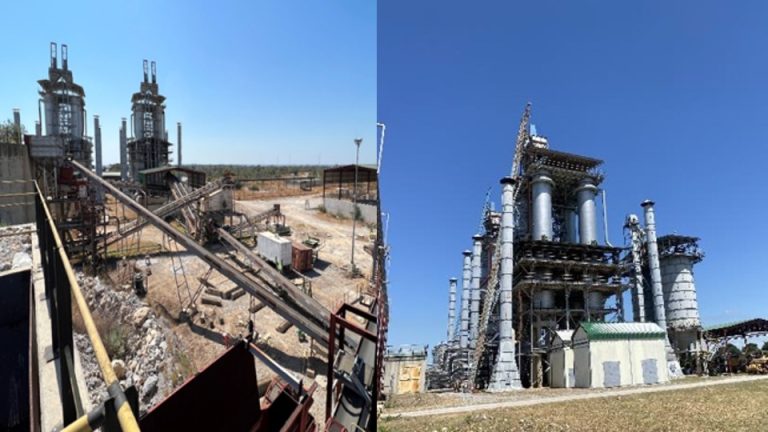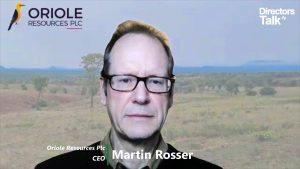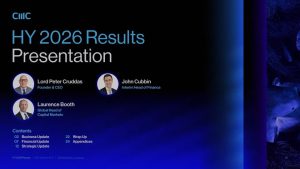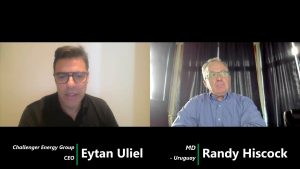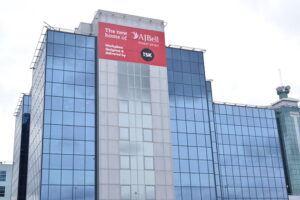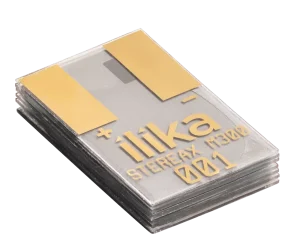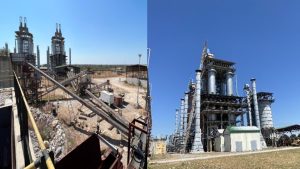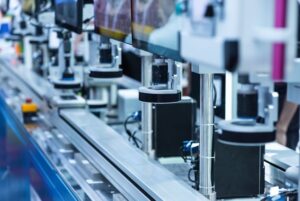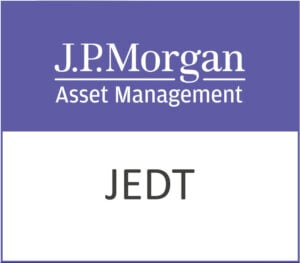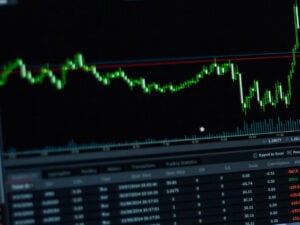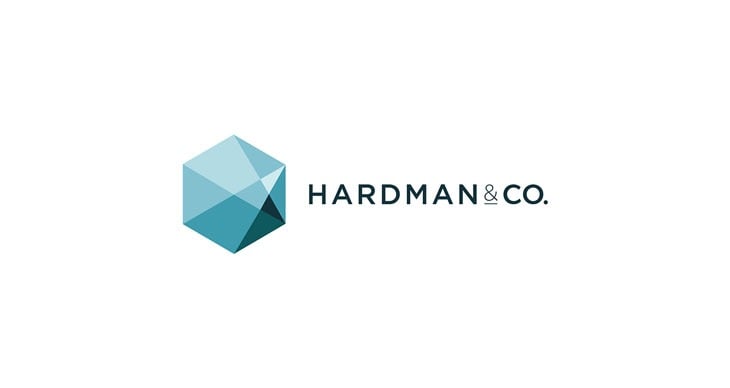As the gold industry grapples with rising environmental scrutiny and diminishing ore quality, a quiet yet powerful transformation is reshaping the fundamentals of extraction. By pairing microbial lixiviants with the natural buffering power of limestone, researchers and forward-looking operators are uncovering a sustainable, scalable method for gold recovery that challenges conventional chemical-heavy practices. This natural alliance is opening up new opportunities for cleaner production and improved margins—offering investors a glimpse into mining’s next big leap.
Biogenic lixiviants, organic acids and compounds produced by specialised bacteria and fungi—are at the heart of this change. These biologically generated agents break down ore materials and release gold without the use of traditional leaching agents like cyanide or sulphuric acid. They are highly selective, environmentally benign, and can be cultivated using waste streams or renewable feedstocks, making them an attractive alternative for miners under pressure to cut costs and emissions.
However, the magic of this microbial process relies on careful control of pH and reaction kinetics. That’s where limestone comes in. Abundant, inexpensive, and effective, limestone acts as a natural buffer, moderating acidity levels throughout the biogenic leaching process. This helps stabilise microbial activity and optimise gold solubilisation. Unlike synthetic pH regulators, limestone dissolves gradually and evenly, maintaining the necessary chemical balance for continuous bioleaching in a cost-effective manner.
The advantages for mining operations are significant. Traditional methods, especially cyanide-based ones, pose long-term environmental risks and carry heavy compliance costs. In contrast, the limestone-microbe approach delivers comparable extraction rates with far fewer ecological drawbacks. Processing can often be done at ambient temperatures and pressures, significantly lowering energy consumption. Waste streams from these systems are more benign, with reduced acid drainage and fewer toxic residues to manage post-extraction.
Economically, the system holds strong potential. Low-grade ores and tailings that were previously uneconomical become viable targets under this method. Limestone is one of the cheapest industrial minerals available and is already widely used in various stages of mineral processing. Microbial cultures, once established, can be scaled with relatively low input costs. Together, they form a low-impact solution that can extend the life of existing assets while unlocking value from marginal material.
This approach is also well-aligned with investor priorities. ESG-focused funds and institutions are increasingly avoiding companies with poor environmental performance. In contrast, those adopting biologically assisted leaching with limestone can showcase lower risk profiles, reduced carbon intensity, and strong regulatory foresight. These attributes not only lower the cost of capital but also enhance corporate reputation in global markets where sustainability is a key differentiator.
With growing interest from both academia and industry, this combination of microbial lixiviants and limestone buffering is transitioning from lab-scale proof to pilot-scale reality. As adoption widens, early movers could benefit from strategic advantages in efficiency, compliance, and investor appeal. It’s a rare case of a solution that is both environmentally elegant and financially sound.
Firering Strategic Minerals plc (LON:FRG) is an AIM-quoted mining company focused on becoming a near-term cash generating producer of Quicklime, through their Limeco Project in Zambia, whilst at the same time progressing with the exploration and development of their Atex Lithium Project, Côte d’Ivoire. production right—without it, the shift away from fossil fuels will stall.



